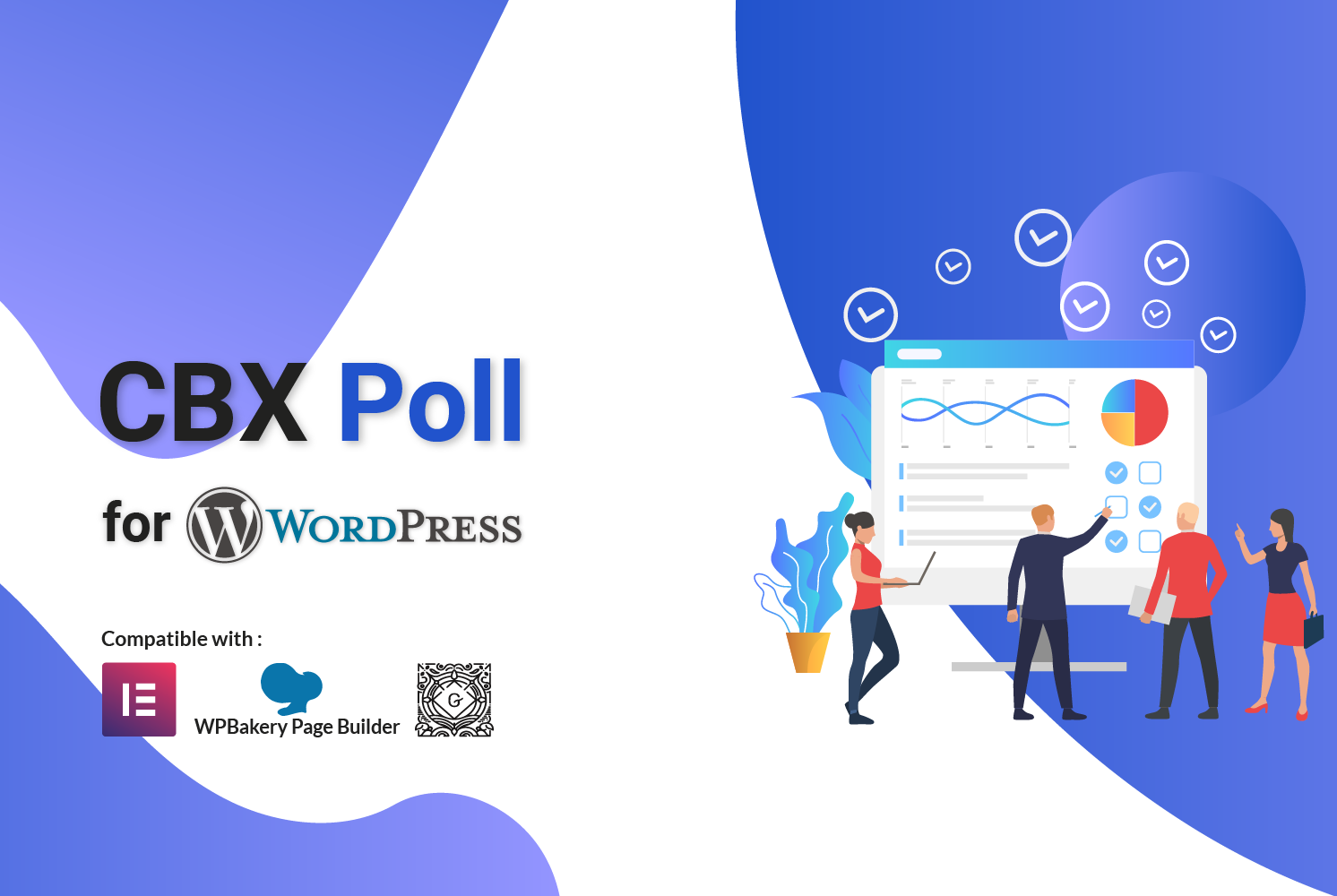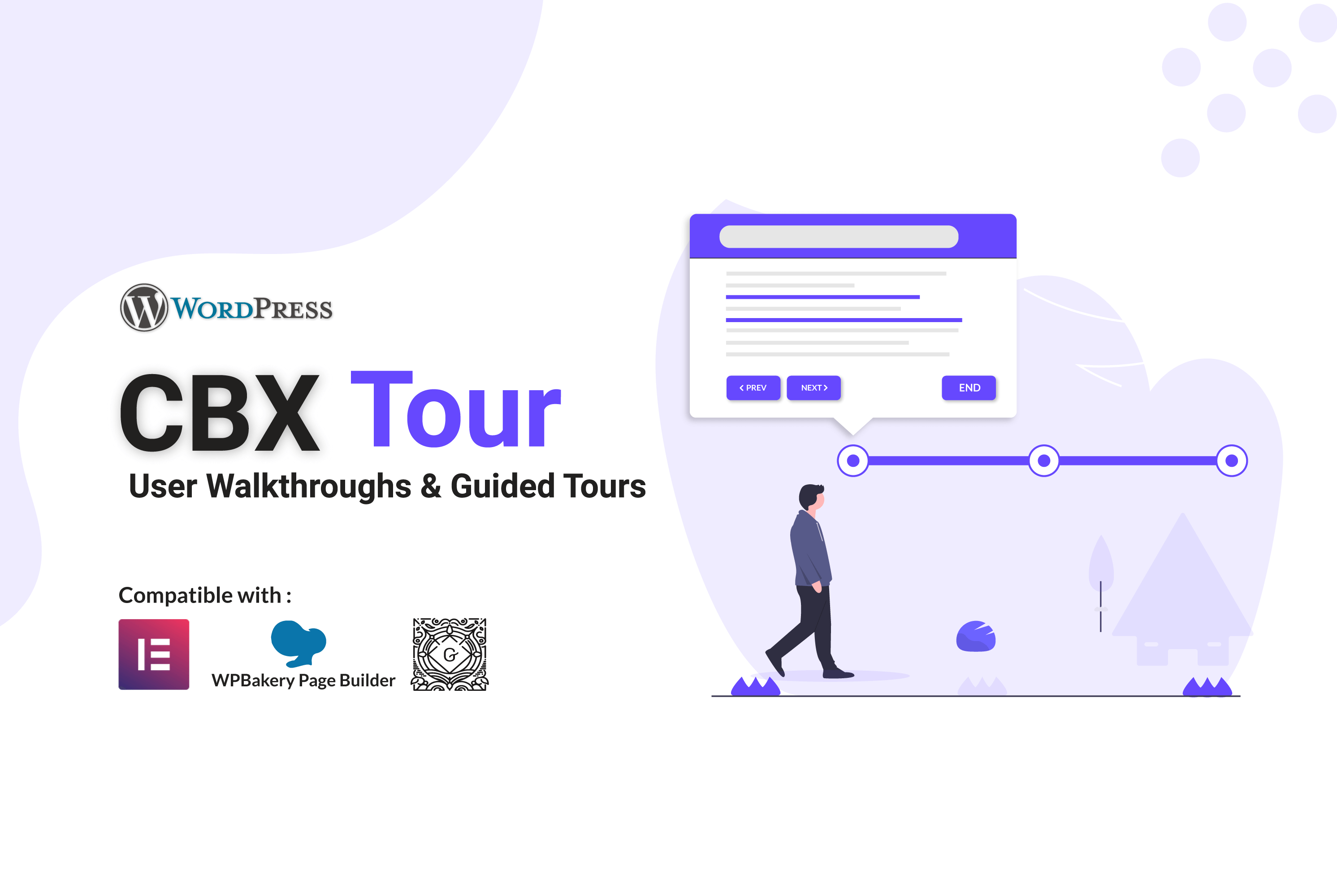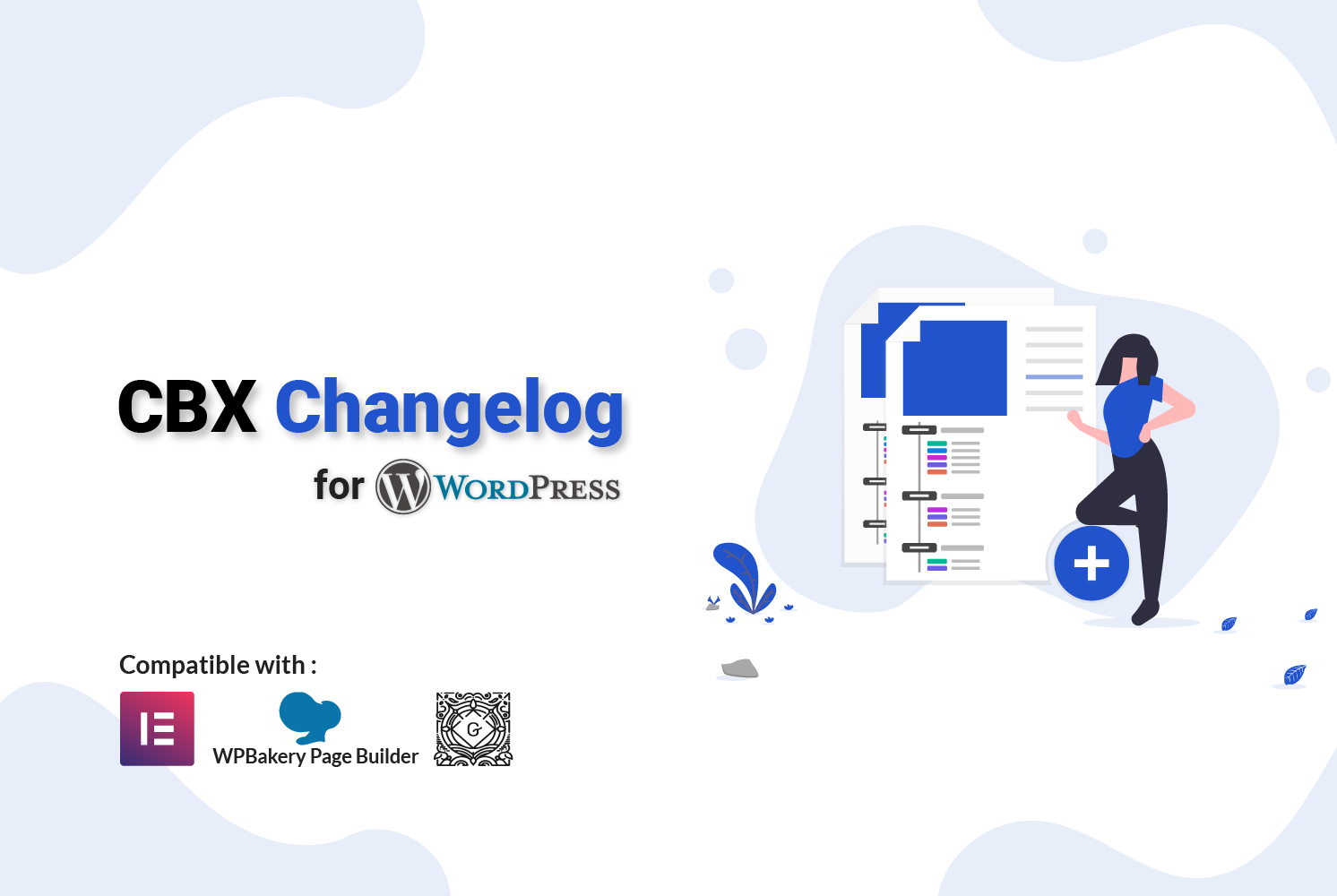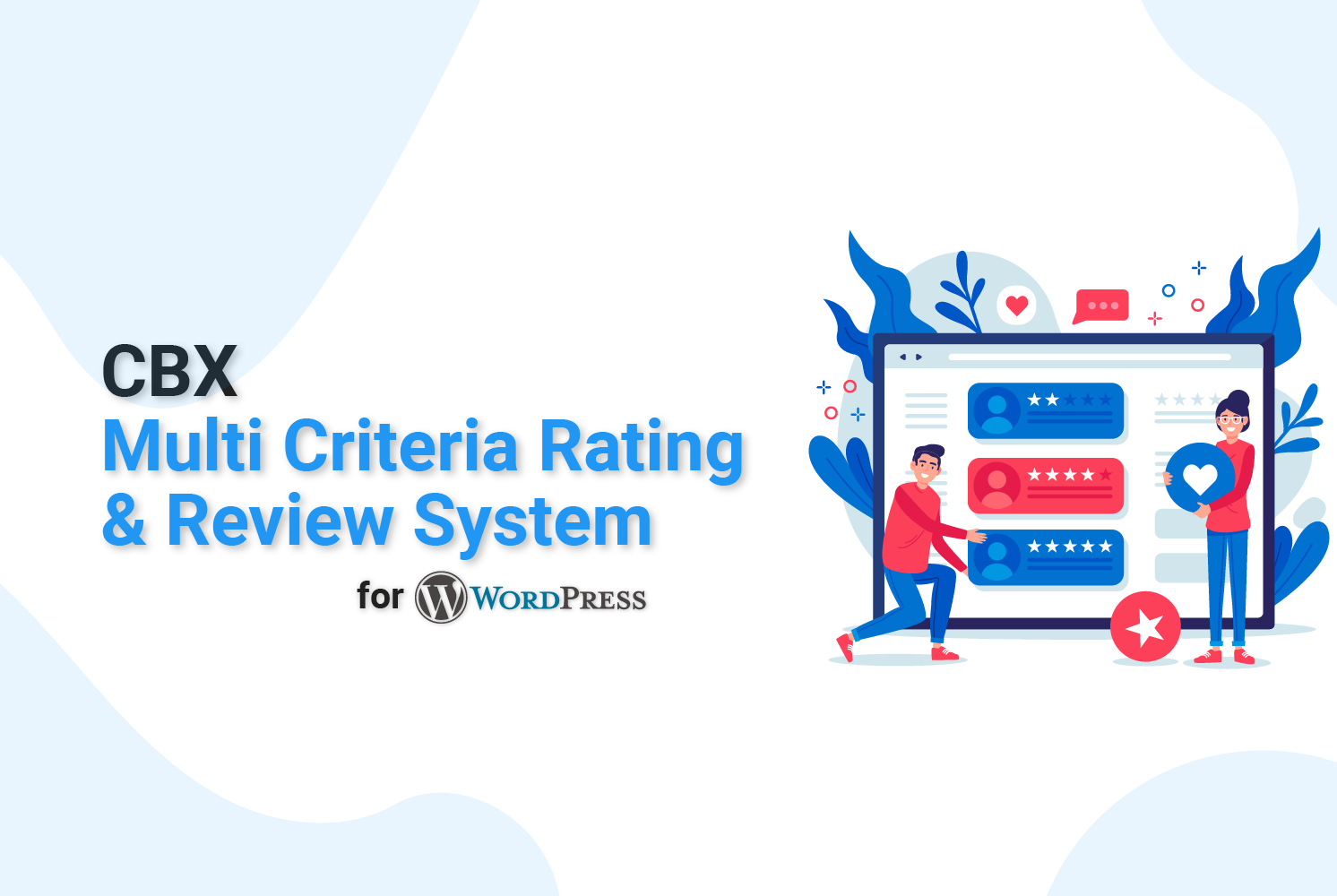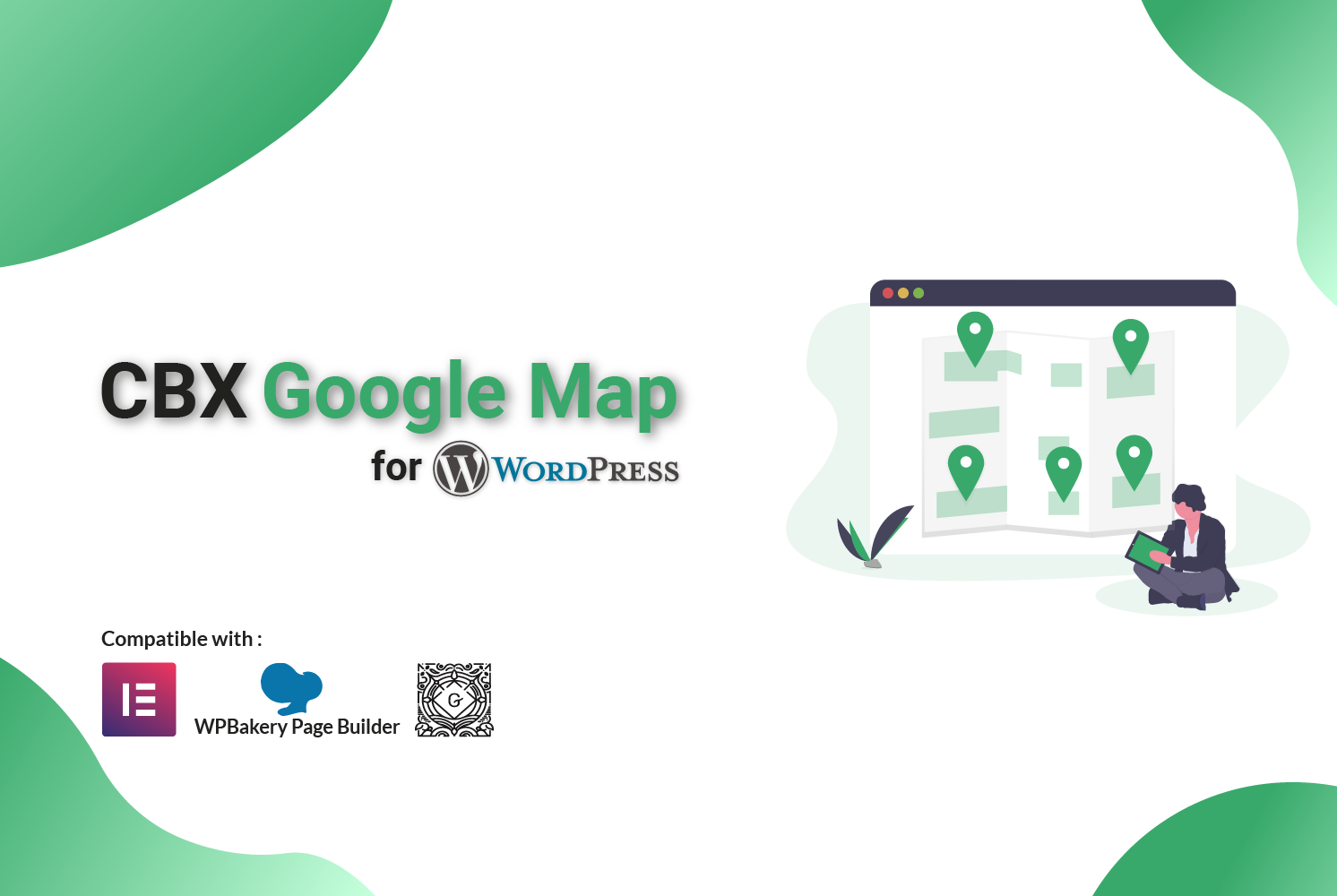Best AI Models for SEO, Article Writing & Copywriting (2025)
Publishing at scale—whether it’s blogs, landing pages, or product copy—works best with a balanced AI stack. That means combining a primary writing model, a fact-checking/research model, and a review/QA model. The goal isn’t just speed, but consistent quality and brand alignment.
The AI landscape is evolving at breakneck speed. New language models and capabilities are emerging almost monthly, fundamentally reshaping how businesses approach SEO, content marketing, and copywriting. As a tech strategist tracking these shifts, I’ve seen firsthand how the right choice of model can accelerate workflows, cut costs, and raise the quality bar. In this guide, we’ll explore the most effective AI models for 2025, and how to integrate them into a pragmatic, results-driven publishing workflow.
Cheat Sheet: What to pick, when
-
Fast drafts & cost‑efficient scale
Google Gemini 2.5 Flash or 2.5 Flash‑Lite for quick outlines, briefs, FAQs, and meta tags. Strong long‑context and native multimodal make it ideal for batching.
-
Highest polish & human‑like tone
OpenAI GPT‑4o (or latest flagship) for premium landing pages, thought leadership, and complex multilingual copy. Excellent style control and coherence.
-
Reliable long‑form & brand‑safe voice
Anthropic Claude 3.5/4 Sonnet for essays and whitepapers—great constraint following, summarization, and gentle prose.
-
Own the stack (open models)
Llama 3.1/3.2 or Mistral Large/Medium 3.1 when you need private data, custom fine‑tuning, or on‑prem costs.
Which Google AI model is “best” for SEO & article writing?
- Long‑context reasoning for research packs and updating old posts without losing narrative.
- Speed & price tiers on Flash/Flash‑Lite for outlines, metas, schema, and first‑pass drafts.
- Deep Research & native tool use to generate evidence‑linked briefs and sources you can audit.
- Tight ecosystem fit with Google Docs/Drive and Vertex AI for editorial pipelines.
Verdict: Use Gemini 2.5 Flash as your default “producer,” and route tricky edits, complex structure, or multilingual premium pages through Gemini 2.5 Pro. If you’re cost‑sensitive, start with Flash‑Lite.
Other models that excel at SEO, article writing & copy
| Model | Where it shines | Use it for |
|---|---|---|
| OpenAI GPT‑4o | High fluency, style control, strong non‑English text, and top‑tier reasoning. | Premium landing pages, brand voice guides, multilingual content, complex rewrites. |
| Anthropic Claude 3.5/4 Sonnet | Careful instruction following, summarization, and consistent long‑form tone. | Thought leadership, whitepapers, E‑E‑A‑T‑friendly outlines, policy‑sensitive edits. |
| Mistral Large 2 / Medium 3.1 | Strong multilingual writing, controllable function calling, self‑hosting options. | On‑prem editorial tools, cost‑optimized batch rewriting, structured content. |
| Meta Llama 3.1 / 3.2 | Open weights, long context (up to 128K), growing multilingual support. | Private/regulated content ops, custom fine‑tunes for niche tone & taxonomy. |
| Cohere Command R / R+ | Excellent RAG/tool‑use; enterprise controls and retrieval‑heavy workflows. | Programmatic SEO at scale, catalog copy with live data, knowledge‑base content. |
| Perplexity Sonar / Online LLMs | Live web‑aware research with citations. | Briefs, topical maps, SERP snapshots, competitor research. |
Battle‑tested workflows that rank
1) Research ► Brief ► Draft ► Fact‑check ► Polish
- Research: Use a web‑aware model to collect sources and SERP data.
- Brief: Generate a structured brief with queries, outline, entities, FAQs, links.
- Draft: Long‑context model writes the first pass.
- Fact‑check: Compare claims against sources.
- Polish: Human edit + style pass; finalize metadata and schema.
2) Programmatic SEO at scale
- Feed a CSV/DB with product, location, or comparison attributes.
- Use a cost‑efficient model to render templated copy blocks.
- Run guardrails to avoid near‑duplicate phrasing.
- Auto‑generate FAQPage, Product, and HowTo schema.
3) Content refresh pipeline
- Detect decayed URLs and fetch current SERP leaders.
- Merge decayed + new sources into a cleaner structure.
- Re‑test metadata, links, and image alt text.
Copy‑paste Prompt Kit
SEO Content Brief
Task: Create a content brief for the query: "{keyword}" targeting {country}.
Goals: cover intent, entities, subtopics, FAQs, stats, internal links.
Output JSON: title, h2s, faqs, entities, competing_urls, schema, internal_links.
Brand‑voice Draft
Audience: {ICP}
Voice: {3 bullets}, Reading Level: Grade {x}
Include: examples, bullets not walls of text.
Avoid: fluff, hallucinated data.
Return: semantic HTML5 body only.
Fact‑check & QA
Review the draft. Flag unverifiable claims, outdated stats, thin paragraphs,
missing alt text, missing internal links. Suggest fixes inline.
How to evaluate model output for SEO
- Search intent fit: Does the first screen answer the query?
- Entity coverage: Are key entities and synonyms present?
- Evidence: Does it link to primary sources?
- Originality: Is there analysis or examples beyond boilerplate?
- Structure: Clear headings, bullets, semantic HTML.
- E‑E‑A‑T signals: Byline, updated date, author creds, sourcing.
FAQ
Is Google penalizing AI‑written content?
No—what matters is helpfulness, accuracy, and originality.
What about images?
Pair articles with original charts/diagrams and always provide alt text.
One model to rule them all?
No. Winning workflows mix: research + writer + reviewer with human editing.
Need to build a Website or Application?
Since 2011, Codeboxr has been transforming client visions into powerful, user-friendly web experiences. We specialize in building bespoke web applications that drive growth and engagement.
Our deep expertise in modern technologies like Laravel and Flutter allows us to create robust, scalable solutions from the ground up. As WordPress veterans, we also excel at crafting high-performance websites and developing advanced custom plugins that extend functionality perfectly to your needs.
Let’s build the advanced web solution your business demands.

